I needed an easy way to calculate Microchip PIC timer 0 values, so I created the PIC Timer0 Code Generator and Calculator. If you are not familiar with PIC timers, there is a handy tutorial HERE. The calculator part, is a spreadsheet which calculates the timings and timer 0 frequency counter needed, given the required …
Category: Informational
Feb 05 2018
Controlling Things Based on Light Intensity
A PhotoCell or LDR (Light Dependent Resistor), used in a circuit, allows controlling things based on light intensity. Here is a circuit showing how to wire an LDR and demonstrates how controlling things based on light intensity is possible with a little help from a microcontroller. The thing being controlled in this circuit is simply an …
Jan 27 2018
How to keep an ENC28J60 Module from Freezing
The ENC28J60 module is good for attaching an Arduino to a LAN or the Internet. The one real problem in doing so is how to keep an ENC28J60 module from freezing. No, not temperature wise ! 🙄 (‘Freezing’ in the sense of locking up, stop working, etc.) There are many Ethernet arduino libraries for the …
Jan 25 2018
Switching 12V from a 5V Arduino
I built a circuit to allow switching 12V from a 5V Arduino. Here is the wiring diagram and a picture of the actual circuit: Get the Fritzing source HERE. The side with two connections attaches to the 12V device being switched ON/OFF. The side with three connectors, connects to the 12V …
Jan 21 2018
Decoding an ESP8266 Firmware Image
I recently coded a Python script for Decoding an ESP8266 Firmware Image. It’s the first part of my quest to create a Linux tool for creating a single flash image. More specifically, the script will decode a single binary image or a ‘combined’ image. A combined image (single flash image) can be created with the …
Oct 22 2017
12V to 5V Sensor Circuit
A number of sensors are powered via 12 Volts. Some, however, need 5 Volts. To power a remote DHT11 temperature sensor, I created a 12V to 5V sensor circuit. This is the wiring diagram: Get the Fritzing code for it HERE. The DHT11 needs 5 volts, ground and data. It plugs into …
Sep 02 2017
4 Character 7 Segment Display
I built another handy circuit to ‘house’ a 4 character 7 segment display. It looks like this: Basically it just ‘breaks out’ the 16 pins of the display with two 8 pin female headers. Pins 1-8 are connected to the header at the bottom and pins 9-16 are connected to the header at the top. …
Jul 03 2017
ESP8266 DIY Programmer Cradle
If you have been reading my posts lately, you will notice that I have been working a lot with the ESP8266 wireless module. To make it easier to work with, I made an ESP8266 DIY Programmer Cradle. Here is what it looks like (without and with the ESP8266 plugged in): …
Jun 30 2017
MicroPython WebREPL on Android
I created an app (apk) to run MicroPython WebREPL on Android. Imagine you have your ESP8266 (with the MicroPython firmware) in some location where the only access to it is via a wireless connection. If you need to access and change/control it, you will need WebREPL. Of course, a wireless enabled laptop would get access …
Jun 28 2017
ESP8266 MicroPython Firmware
To enhance the capabilities of the ESP8266 there are various firmware packages available. In my last post, I showed how to install NodeMcu which uses eLua. I am a big fan of the Python programming language, so I was very happy to see a Python version for the ESP8266. The ESP8266 MicroPython Firmware is available …



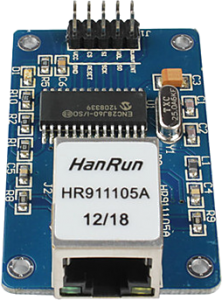
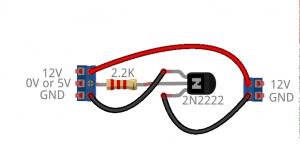
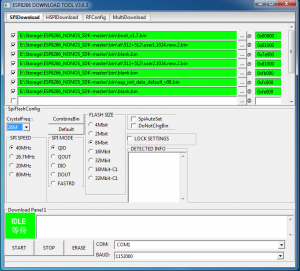
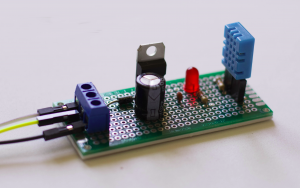
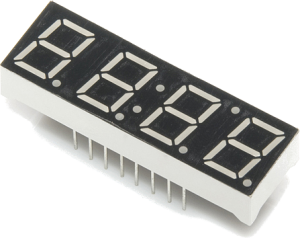
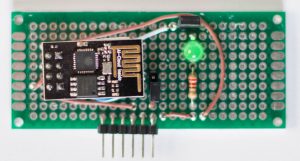
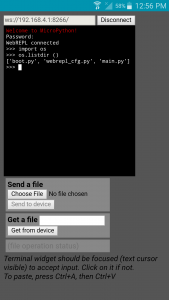
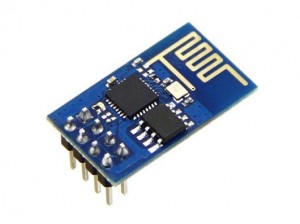
Recent Comments